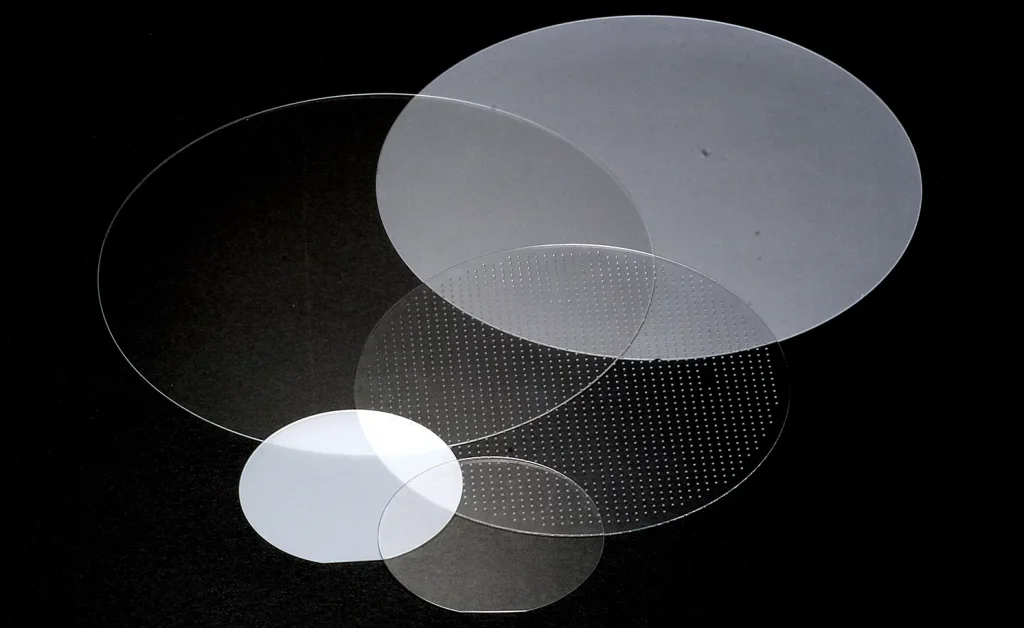What is a Ferrule? : The history and development of the ferrule continues today with its ever pursuit of high accuracy of 1um or less at reduced costs

Table of contents [close]
Ferrules are widely used around the world as components that support optical communications. Orbray began manufacturing ferrules in 1980, when optical communication systems and networks were still under development. We have solved many problems with custom-made technical support and craftsmanship, such as higher accuracy and cost reduction by improving our production technology. Orbray’s ferrules still today maintain a high share of the world market.
Optical communication parts born
from Jewel Processing Technology
For optical communication, practical-level optical fiber manufacturing technology was developed in the United States in 1970, and research for its widespread use is in full swing. As research progressed, we needed a connector that would allow us to easily connect and reconnect optical fibers. At that time, a ferrule with a cylindrical outer diameter and a hole through which an optical fiber was inserted and passed was accurately drilled in the center.
The optical fiber is very thin with a diameter of a hundred and several tens of microns, and the diameter of the core through which light passes is very small with a diameter of ten to several tens of microns. For optical connectors, the fiber end faces must be abutted and connected with an accuracy of 1um or less to prevent light loss during connections. Ferrules require strict precision in hole size, concentricity, and outer diameter cylindricity. Research and development institutions and companies in such areas as telecommunications and electric power generations, which have been conducting research on optical communications, have had the task of creating ferrules with accuracy that meets their required standards.
Orbray was founded in 1939 by manufacturing bearing gems for electric measuring instruments using artificial sapphire. We then began manufacturing ruby bearing jewels for watches and diamond record hands. From the time of its founding, we have been good at precise precision processing of extremely hard materials. In the late 1970's, we were asked if we could manufacture ferrules using this watch bearing gem processing technology. We will start development, devise processing machines, inspection machines, and processing methods, and repeat the process of improving accuracy. As a result of trial and error, in 1980, we started manufacturing alumina ferrules by extrusion molding that can meet the required accuracy.

High-precision and low-cost mass production
In Japan, the core optical fiber cable network was developed in the mid-1980s, and optical communication is becoming more widespread. As the industry develops, there is demand for optical connectors with larger transmission capabilities with less loss during connection. In previous optical connectors, the end face of the ferrule was polished to a flat surface. As a result, there could be an air gap between the end faces of the optical fibers connected by the connector. To suppress the reflected return light due to this air gap, it was necessary to apply a refractive index matching agent to the end face when connecting the connector. A connection method that eliminates this air gap and reduces loss reflection, a PC or Physical Contact connection was developed in which the end face of the ferrule is polished into a convex spherical surface and the optical fibers are connected by pressing the vertices against each other.
However, when connecting a ferrule via Physical Contact (PC) end face, problems occurred with the alumina ceramic ferrule. It had a low-grade toughness, and when pressed, the edges of the holes through which the optical fibers passed were at times chipped. To accommodate this, the ferrule material was then changed from alumina ceramics to zirconia ceramics, which have a higher grade of toughness. At Orbray, we made further improvements with the machine and method processing, and in 1987 we started manufacturing zirconia ferrules by an extrusion molding method. However, new issues emerged and as demand increased, so did the demands of cost management for customers. With increase in demands resulted in large volumes of ferrule manufacturing at lower costs without compromising the high quality and accuracy of our ferrule product.
How to achieve high accuracy and low cost
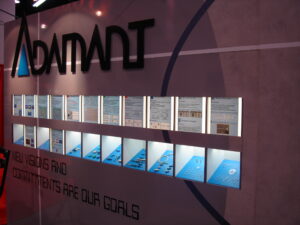
In ferrule production by the extrusion molding method of ceramics, after mixing the raw material ceramic powder and a binder, it is crushed to make a compound and extruded from a mold in a long one-piece product. After cutting the long one piece into an appropriate length and then performing our baking process, we then performed the inner diameter process to insert the optical fiber, the outer diameter processing, the V-shaped taper processing at the back entrance of the hole into which the optical fiber is inserted, and finally the end face processing to complete the ferrule product.
Extrusion molding at that time had issues with low production yields and material inaccuracy when extruding one piece. Since it was necessary to extrude a material larger than the required size to the target size by cutting, lapping, polishing and other labor intense secondary processes, this then increased the overall cost due to longer man-hours needed to complete the ferrule product. In addition, since the back V-shaped taper processing is performed by pressing the drill after baking, the tapered surface tends to be rough and concerns with optical fiber damage when inserting the optical fiber are raised.
As a solution to these issues, Orbray decided to challenge the production of zirconia ceramics by introducing an injection molding process. The manufacture of ferrules by an injection molding process at that time did not make sense since it was a disadvantage in terms of cost and accuracy. Raw material compound loss was likely to occur, and our high technology requirement was needed to ensure that the material compound was poured evenly into an injection molding die with an elongated core pin with an inner diameter in the center. However, with injection molding, it is possible to create a shape close to the finished near-shape without using a drill for the V-shaped back end processing of the ferrule, thus improving the material accuracy and the man-hours can be significantly reduced allowing for large cost reductions.
Aim for higher accuracy and lower cost
The year before considering the production of zirconia ferrules by the injection molding processing, we, at Orbray, had begun manufacturing injection-molded products with special shapes to meet the requirements needed by our customers. We will begin to consider whether this technology can be applied to the manufacture of ferrules. Thus, in 1989, production of zirconia ferrules by our injection molding process began. By further improving the injection molding technology and techniques, the material accuracy had improved, and the man-hours and cost had significantly been reduced.
By the 1990s, the number of ferrules manufactured continued to increase and by 1995, the number of ferrule production had increased significantly due to the influence of the Dot-Com IT bubble. In response to this, we introduced improved in-house automated equipment that was able to grasp and hold the brittle molded ferrule body made by the injection molding process. We proceeded with further labor-saving techniques and processes in manufacturing allowing for cost response and improved manufacturing yield.
1993-1996 In-house production of zirconia compound material for ferrules.
In 1999, we implemented cost control by our own in-house production of core pins, which are consumables used for the injection molding dies. We developed and manufactured ferrules for single-mode and multi-mode fiber applications and the demand for such ferrules at that time were high, especially overseas in the North American Market. During this cycle, multi-mode ferrules were often used as non-standard products for single-mode application, and thus creating a shortage and problem with stable supply. In response to this, we improved the materials and manufacturing methods to support multi-mode and took measures to improve productivity. In the 2000s, after the demand for ferrules was relaxed, we continued to work to further improve the accuracy of the materials and to rationalize our processing.
The Orbray Ferrule was always developed and manufactured by listening to the requests of our customers and we always responded with custom-made technical support and craftsmanship. Optical fibers are used in various fields, not limited to communication, and a wide variety of ferrules are used worldwide. We will continue to utilize our technology and experience to strengthen the production of highly accurate low-loss ferrules, from products that comply with communication standards to custom products.

-
Optical Switches and their significance in High-speed, Large-Capacity Optical Communications
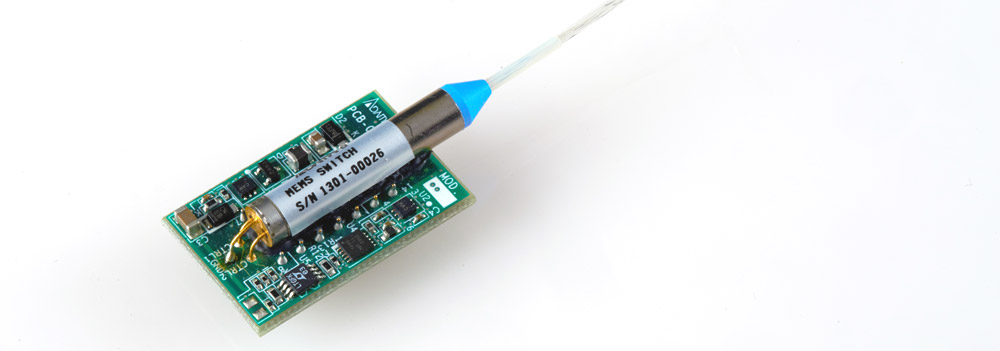
-
Fiber Optic Connector types and applications
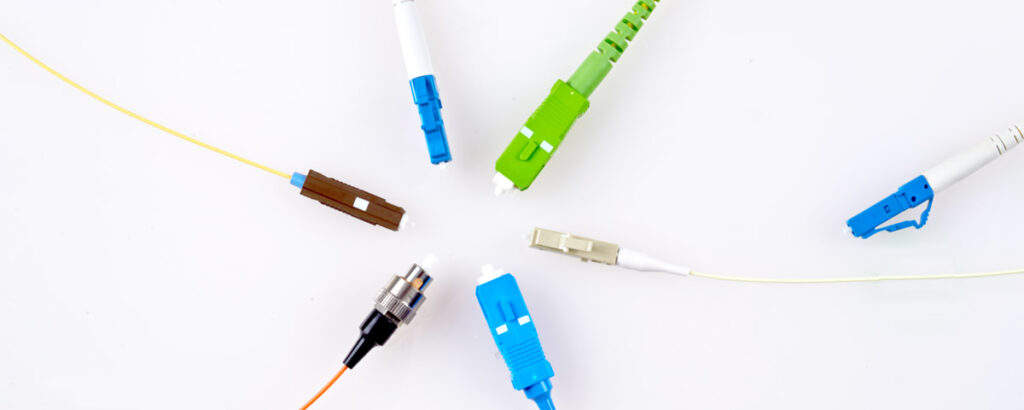
-
All About Lasers: How they work, their properties, and their uses
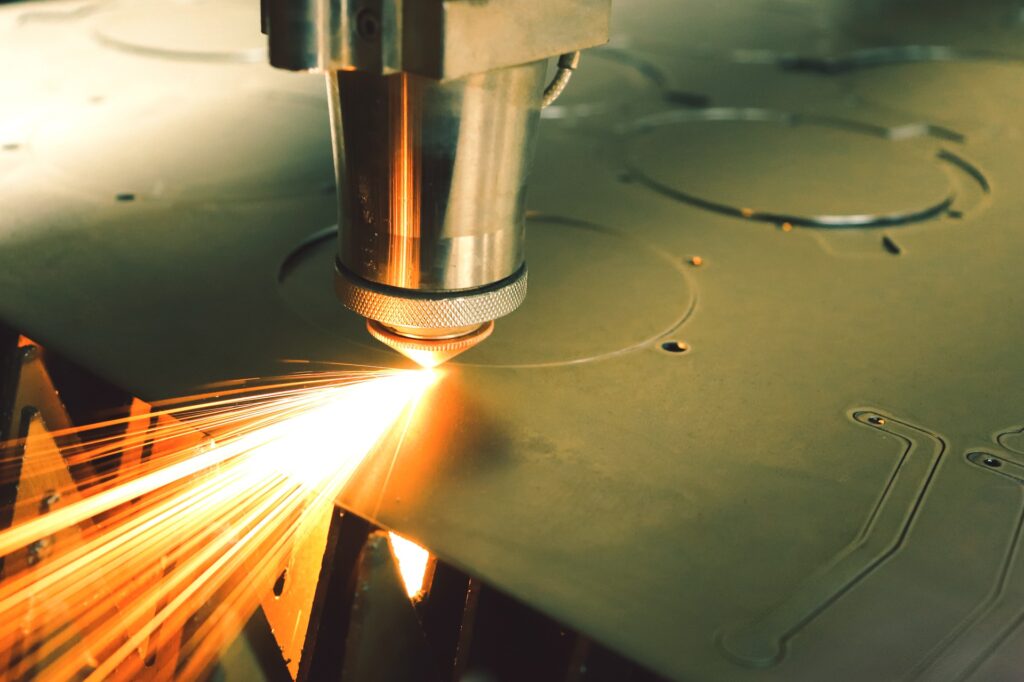
-
Watch Parts: Beautiful work of craftsmanship -the world's first artificial diamond parts-
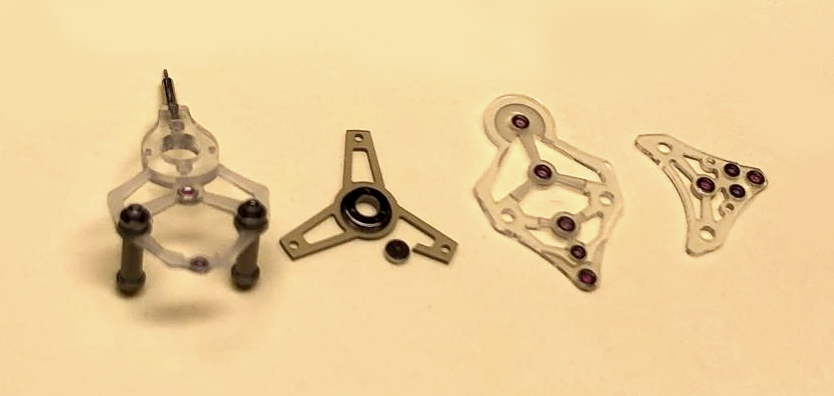
-
Crystal of Jewel

-
High Flatness Polishing Processing
